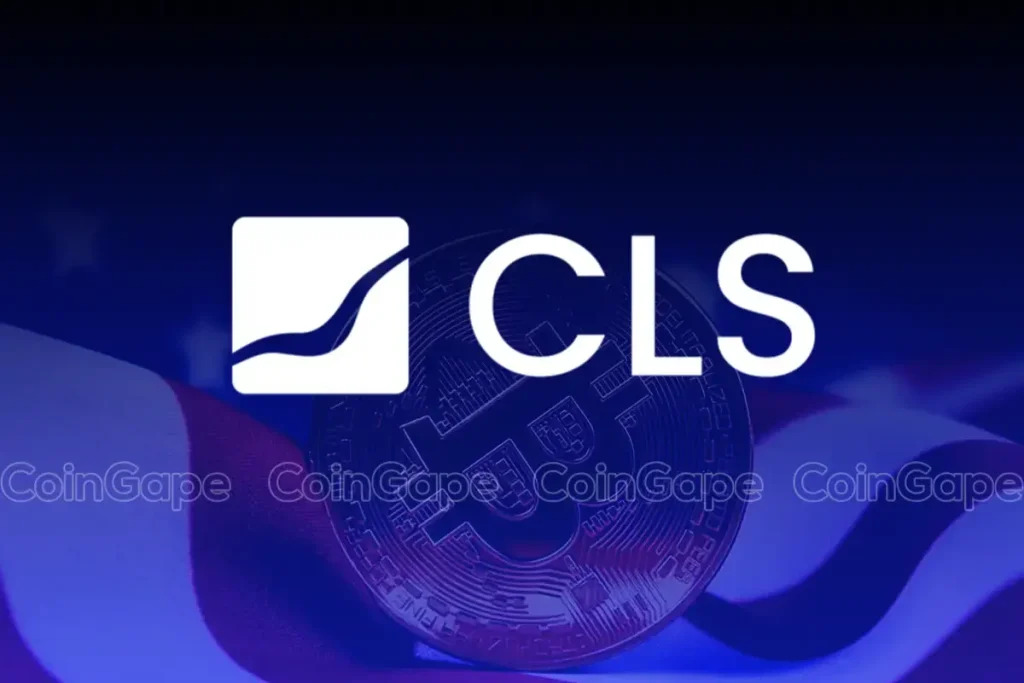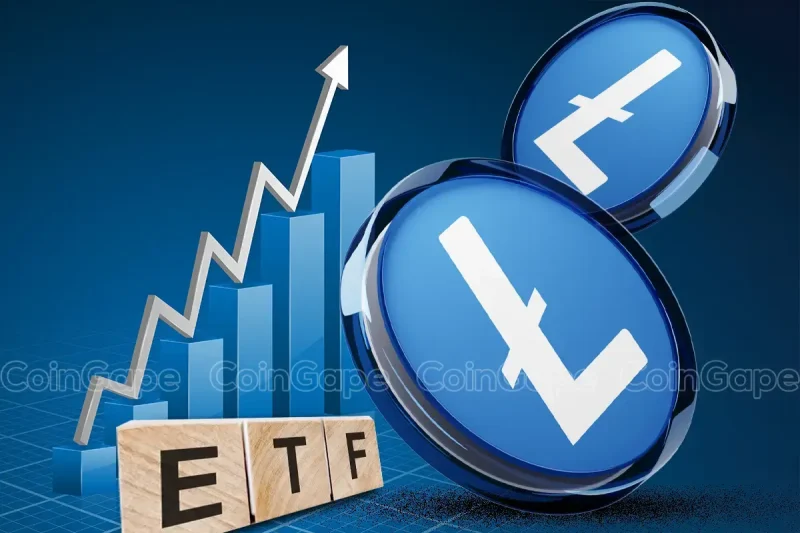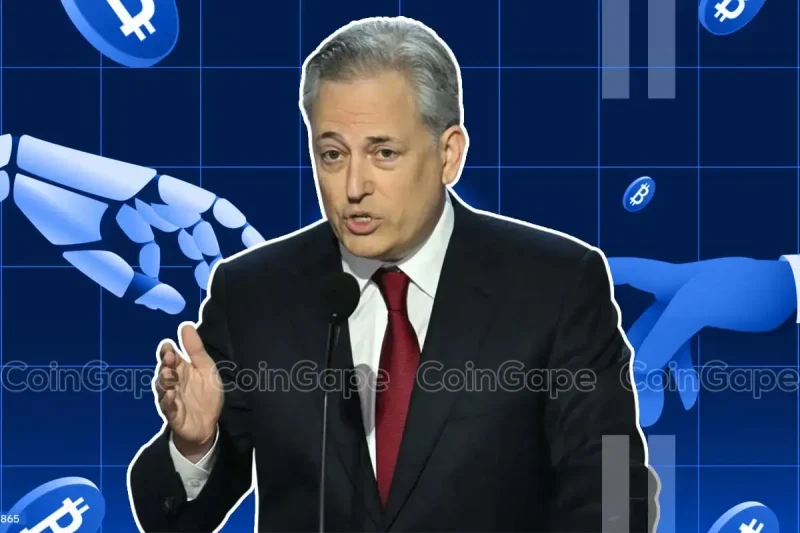CLS Global Navigates New U.S. Cryptocurrency Landscape


The structure of the cryptocurrency market is about to undergo a significant shift that will drastically alter the way digital assets are exchanged and governed. CLS Global offers a study of the revolutionary changes taking place in market microstructure and their consequences for market players, drawing on its vast expertise as a global market maker.
Market Structure Evolution: Beyond Simple Regulation
The current transformation extends far beyond routine regulatory changes. CLS Global recently reached an important milestone by concluding its regulatory matters through a settlement agreement with U.S. authorities. Throughout this process, the company demonstrated its commitment to regulatory compliance by proactively engaging with the SEC and other authorities, implementing enhanced compliance measures, and optimizing its service geography to ensure full alignment with applicable regulations.
The market for digital assets is undergoing a fundamental restructuring of how liquidity is provided and risk is managed as U.S. regulators move forward toward clearer frameworks for digital asset trading. With regulators, industry participants are showing increasing maturity in the sense of regulatory compliance and have taken it upon themselves to engage with authorities in the formation of viable operational frameworks.
Traditional markets are undergoing changes in techniques due to increased competition with DeFi protocols for centralized trading venues. Liquidity providers in this hybrid market structure face particular challenges posed by new trading venues that merge DeFi with CeFi and the growing institutional demand for cross-venue liquidity aggregation.
The Real Impact of Institutional Entry
While many focus on headline-grabbing price movements, the more significant story is how institutional traders are reshaping market microstructure. CLS Global’s market analysts point out that traditional finance players are demanding infrastructure that more closely resembles traditional markets – including prime brokerage services, credit networks, and sophisticated execution algorithms.
The recent bitcoin price movements above $106,000 are less important than the underlying changes in how these trades are being executed, with institutional traders increasingly using algorithmic execution and smart order routing across multiple venues.
Technical Challenges and Market-Making Evolution
Despite progress, significant technical challenges remain. “The industry’s next phase will be defined by how effectively we bridge the gap between traditional finance and decentralized systems,” explains CLS Global’s CEO, Filipp V. “Market makers who can successfully navigate both environments while maintaining robust compliance standards will shape the future of digital asset trading.”
The changing landscape requires a fundamental rethink of market-making strategies, incorporating:
- Cross-venue inventory management
- Dynamic risk pricing across multiple blockchain networks
- Integration of on-chain and off-chain liquidity sources
- Real-time adaptation to varying settlement finality conditions
Looking Forward
As U.S. regulatory frameworks continue to evolve, the industry stands at the threshold of even more fundamental changes. Market makers will need to adapt to new forms of automated market making that combine traditional and DeFi approaches, enhanced settlement mechanisms, and more sophisticated cross-chain liquidity provision protocols.
CLS Global continues to analyze these market structure changes while developing more sophisticated trading strategies. The future of digital asset trading will likely be shaped by those who can successfully navigate both the technical and financial complexities of this evolving landscape.
The post CLS Global Navigates New U.S. Cryptocurrency Landscape appeared first on CoinGape.




